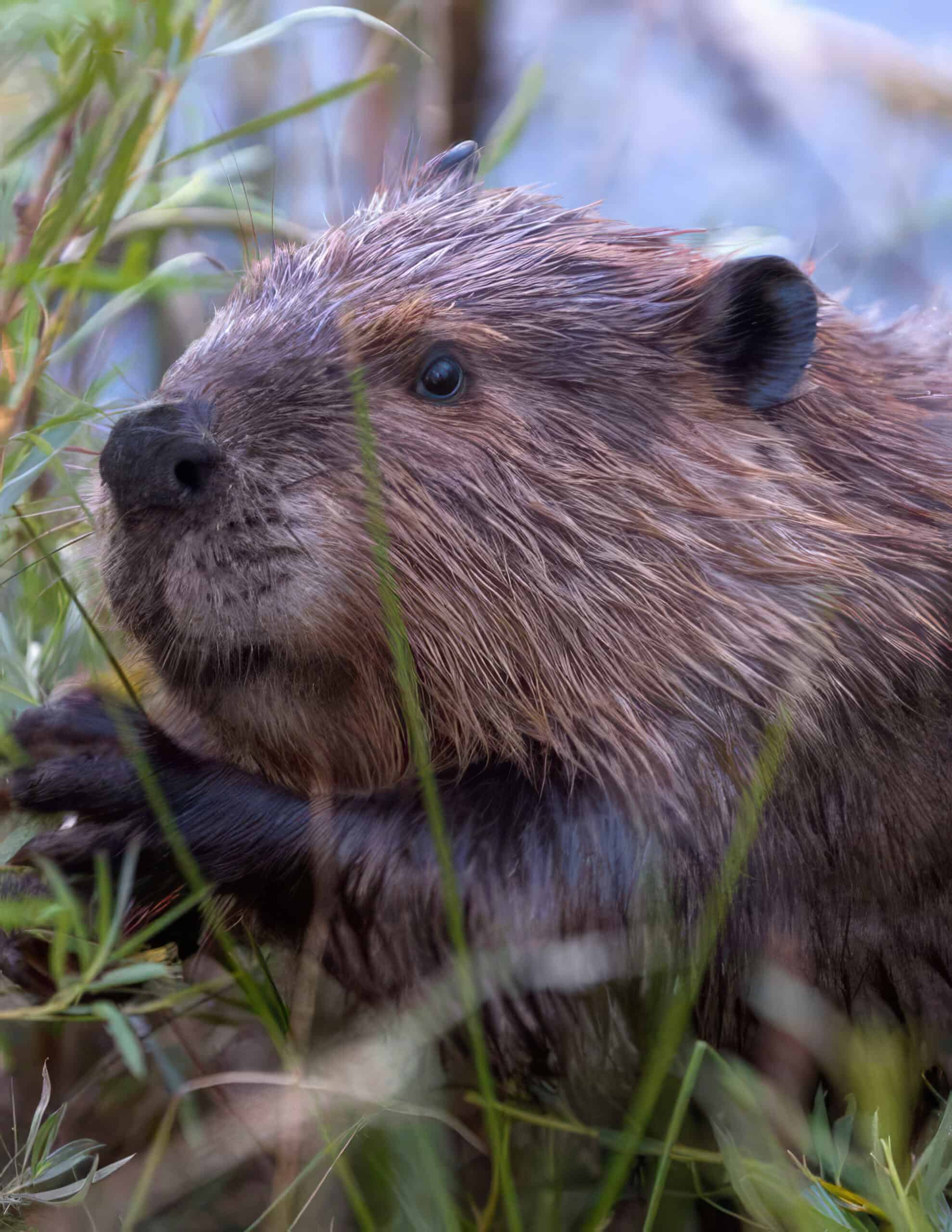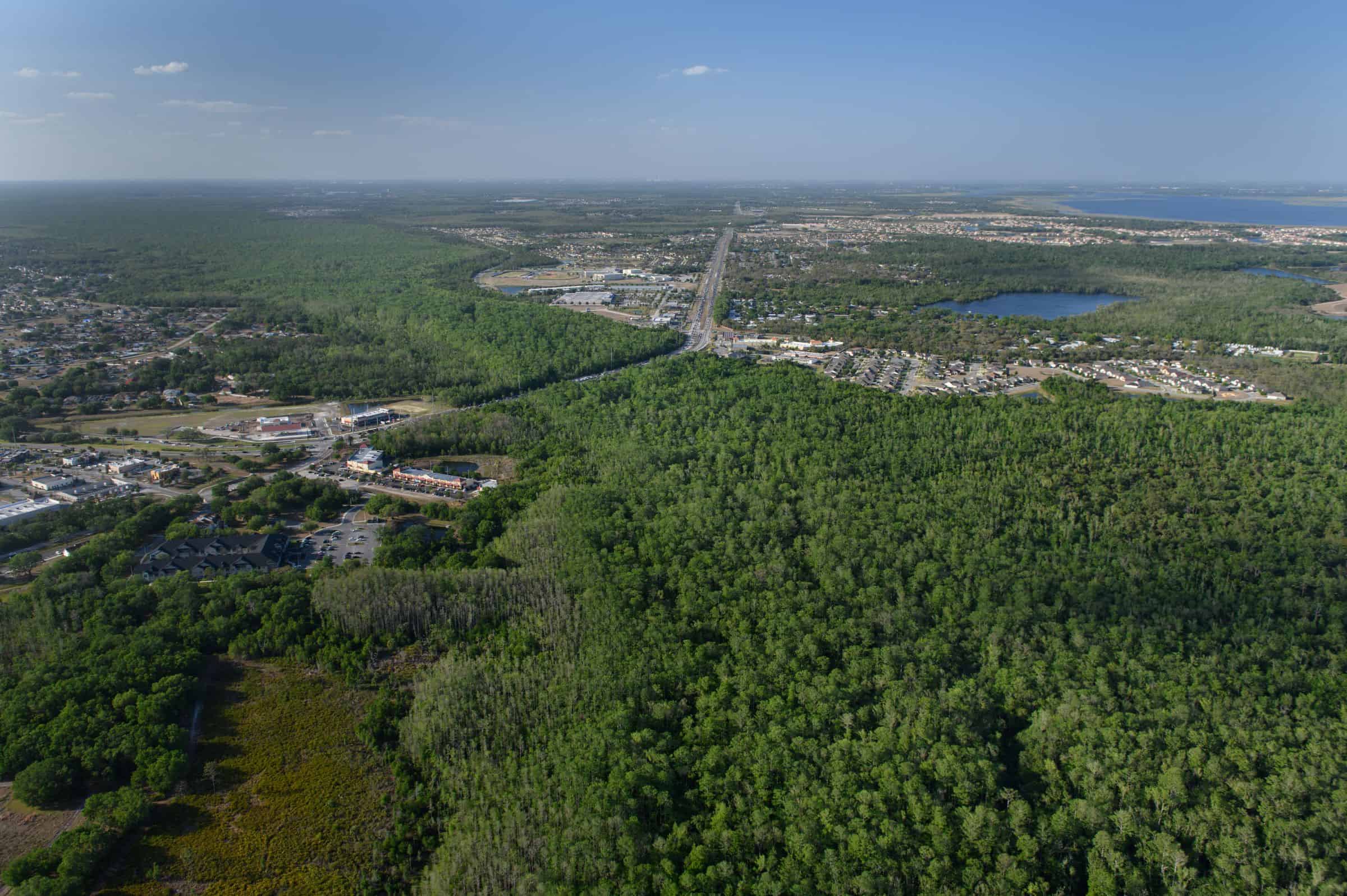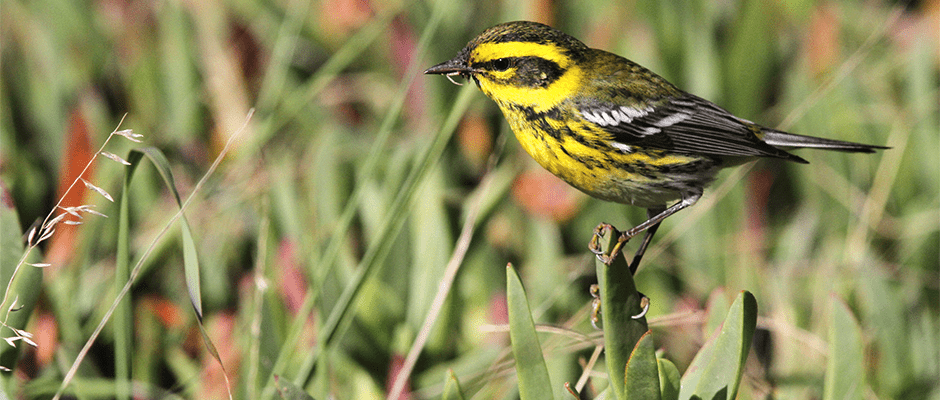
Migrating birds are getting more out of sync with the environment
By altering when leaves come out in the spring, climate change throws birds’ migration schedules out of sync with the environment, hindering their ability to reproduce, rear offspring and survive....
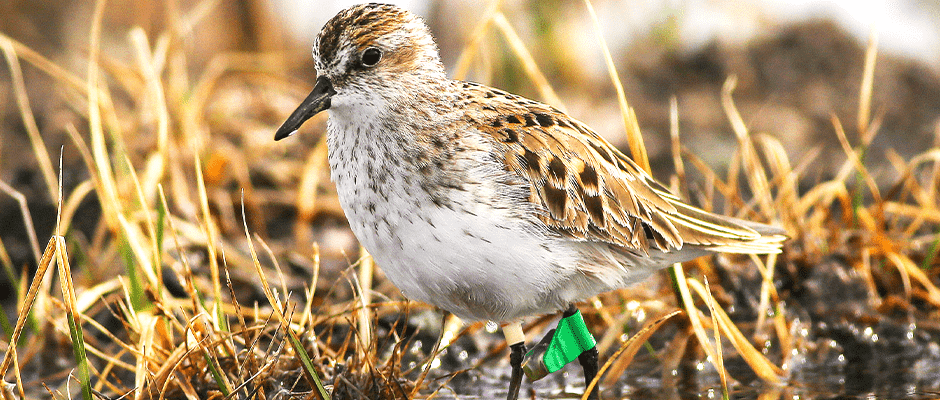
South American sandpiper’s route may explain its decline
Scientists have been tracking the migration of the semipalmated sandpiper (Calidris pusilla) to trace the origins of its population in northeastern South American, which is decreasing dramatically. A new study...
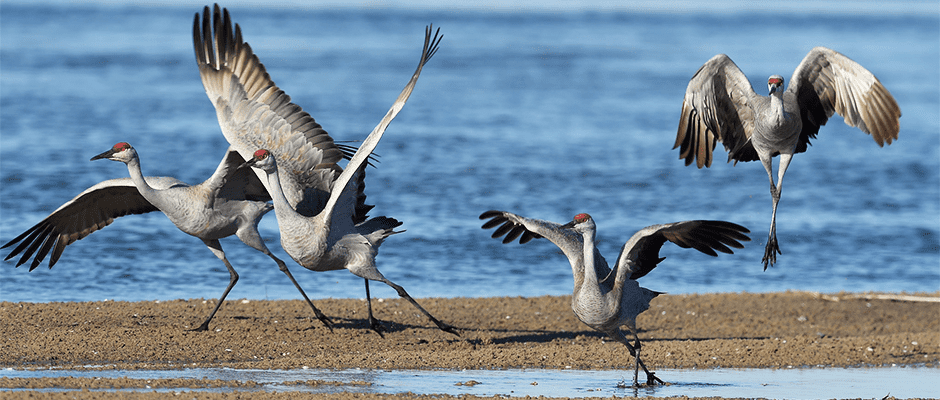
JWM study: Sandhill cranes prefer wide channels, short bank vegetation
Every spring, tourists from around the world flock to Nebraska to watch over half a million migrating sandhill cranes (Grus canadensis) roosting on the Platte River. Where the birds choose...


NPS adds two young males to mountain lion study
The Santa Monica Mountains of Los Angeles, where mountain lions (Puma concolor) prowl, comprise one of the only large metropolitan areas in the world inhabited by wild big cats. The...

Ducks’ chemical signatures point to importance of Canadian delta
Most people don’t know much about central Canada’s Saskatchewan River Delta, but new research analyzing chemical ratios in duck feathers highlights how this massive wetland between Saskatchewan and Manitoba serves...
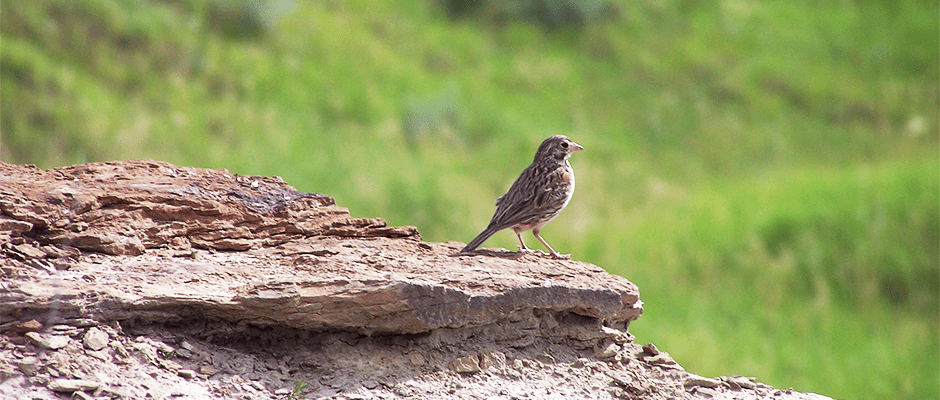
JWM study: Non-perching birds avoid gas wells
Grassland songbirds have suffered more declines than any other group of birds in North America because swaths of their habitat have been degraded by agriculture and development, including natural gas...
PAID AD

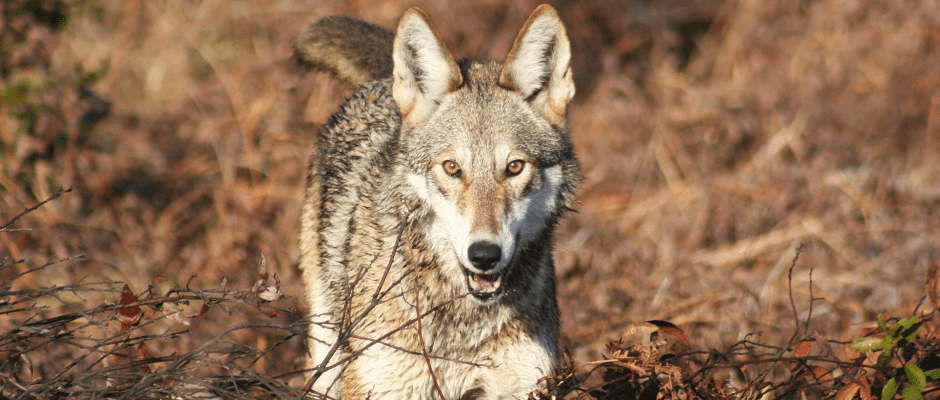
JWM study: Gunshot mortalities threaten NC red wolves
Due to habitat conversion and predator eradication, North Carolina’s red wolves (Canis rufus) have for decades remained some of the world’s most endangered canids. A new study suggests that many...

Birds change song to be heard above traffic noise
Vehicles are a major source of noise pollution for urban wildlife. That’s particularly a problem for birds that have to compete with the roar of engines to communicate. Recent research...

Older golden eagles migrate slower to reach breeding areas
Golden eagles (Aquila chrysaetos) can migrate up to 3,000 miles from wintering to nesting grounds, taking advantage of updrafts to make the journey easier. Conventional wisdom says that older, more...
PAID AD




